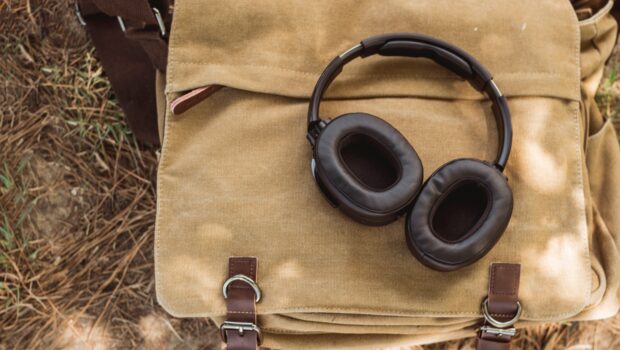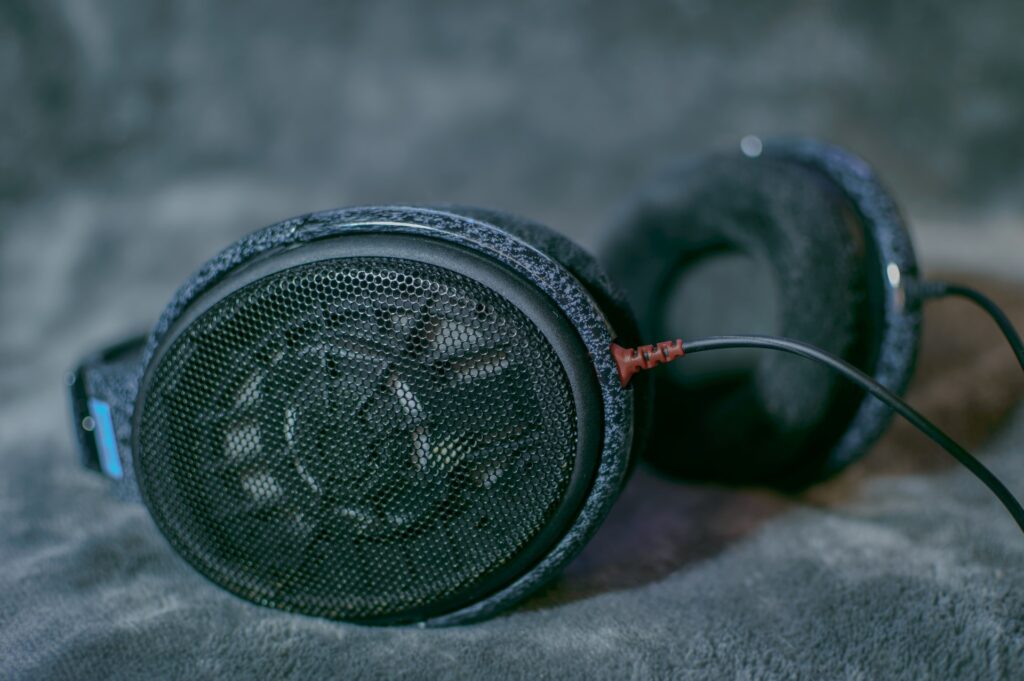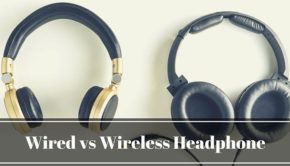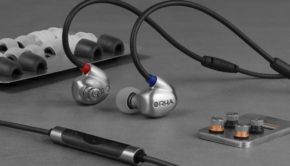Open Back vs Closed Back Headphones.
There are two main types of headphones: open back and closed back. The difference is in the way the sound waves move through them. In this article we’ll explore the differences between open back vs closed back headphones, to help you make an informed decision when purchasing your next pair.
The difference between open back and closed back headphones
Closed back headphones are designed with sound isolation in mind, which means they are intended to prevent the sounds from entering the earcups.
Open back headphones on the other hand are crafted with minimal or no sound isolation in order to allow outside noise to enter the earcups, which is different from sealed headphones.
Open backs are better suited for home usage as they do not block out external noise, which may be disturbing when working or studying.
Closed back models are usually preferred over open ones by people who listen to music as part of their everyday activity, as there is no need to consider sounds coming from outside source. For example, someone using open-back headphones while on commute will have an unpleasant experience listening to them in the company of other passengers on board a noisy bus.
Pros and cons of each type of headphone
While both have their advantages, there are tradeoffs of both types.
Closed Back Headphones
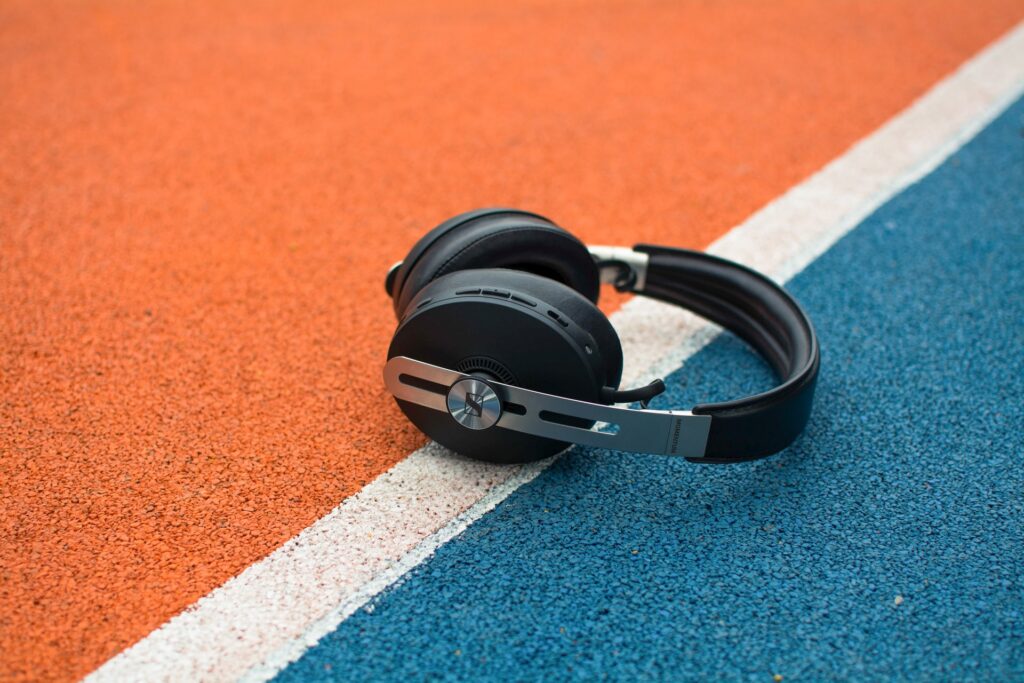
Closed-back headphones have a tight seal that isolates sound for better listening experience at home. These are great for musicians who don’t want noises coming from outside source to interfere with their listening session. They also tend to produce significantly more pressure on the head as compared to open back models which makes them uncomfortable for some people after prolonged usage. Although closed-back earcups do not leak much sound, they still leak enough so that others can hear what you are playing if you play your music very loudly.
Open Back Headphones
Open back headphones, on the other hand, are usually larger in size and have bigger earcups that do not seal the ears or form a tight pressure around them. This allows for wider soundstage, which is great for listening to music but not so much for drowning out outside noise.
They are also lighter than closed backs, making them more portable when you are on the go. There are also no concerns about leaking sound that might disturb your co-commuters in busy trains or buses because open back headphones tend to circulate air to keep your ears cool while listening for extended periods of time.
Should I Choose Open Back or Closed Back Headphones?
When deciding between open back vs closed back headphones, think about how you will primarily use them.
Open-back headphones are not suitable for outside activities because they do not drown out noise from the environment. They also lack adequate isolation that is common with every set of sealed over-ear earphones. This makes open back models a poor option if you live in a place where it’s necessary to block out external noises while practicing or listening to music at home.
Closed back headphones, on the other hand, work best for people who want to listen to music while commuting or chatting with friends without being disturbed by background sounds from their surroundings.
Tips For Over-Ear Headphone Care
Whether or not you decide to use open or closed backs, you’ll want to know how to take care of them.
You may not be aware of it, but your headphones will eventually wear out due to poor storage, frequent usage and exposure to the elements. When stored incorrectly or used for long periods at high volume levels, they can break down just as fast as any other device meant for entertainment.
Here are some tips to keep your over-ear headphones in tiptop shape for years:
Store them properly
Just because you’re done with playing music on your set doesn’t mean you should throw them away carelessly. One option is to place them back inside their case or pouch. Using a hard casing bag will reduce the risk of scratches while keeping moisture off the drivers and frame. If you don’t have an extra carrying bag around, you can always fold the earcups over and place them back inside the box as they came in. Do not store headphones anywhere where they will be exposed to dust, dirt or moisture as it may lead to damages on its surface and sound quality.
Do not play music at extremely high volume for extended periods of time
While some people like cranking up the volume and taking advantage of their headphone’s power, doing so can reduce sound quality and cause permanent damage to your ears if you listen too loud for long periods. Experts recommend listening at around 80 percent maximum volume for no more than one hour a day. If you notice that your ears hurt or feel hot after an extended listening session with headphones on, lower the volume of your music immediately.
Avoid cleaning your headphones with alcohol or water
In general, it is not recommended to clean headphones by using wipes or sprays because the materials they are made from may react poorly to different substances. Wiping them down regularly can also lead to a build-up of dirt and other particles that will only cause damage down the road. Some manufacturers recommend wiping headphone earcups with a microfiber cloth lightly damped in warm water instead of liquid cleaners.
How To Pick A Specific Pair of Headphones?
There are many websites that offer reviews about different types of headphones. These sites might not agree with each other on sound quality or material used for specific models, but they will generally give you a picture of its good and bad sides. One example would be SoundGearLab.com’s top open back headphones.
You can also visit brand websites to look at their product lineups and read customer reviews to help narrow your choices down. What’s even better is going to a brick-and-mortar store and trying them all out yourself before buying so you can pick the best one within your budget range.
When using open back vs closed back headphones, consider what kind of use case they are most suitable for if making a purchase online. Check their physical properties such as weight, materials used for insulation and connectivity type among others that might suit your needs.
In Summary
The two types of over-ear headphones differ in their noise isolation capabilities. Closed back models are sealed off to prevent external sound from seeping into the earcups while open back headphones aim to circulate air and reduce heat build up around your ears.
If you need the best possible sound quality, go with open back headphones since they deliver better frequency response, more accurate imaging and wider dynamic range. On the other hand, closed back models are perfect for busy places or outdoors where people prefer keeping their music to themselves without the risk of disturbing others around them.
Cover Photo by Larry George II on Unsplash

